What and how to feed gladioli?
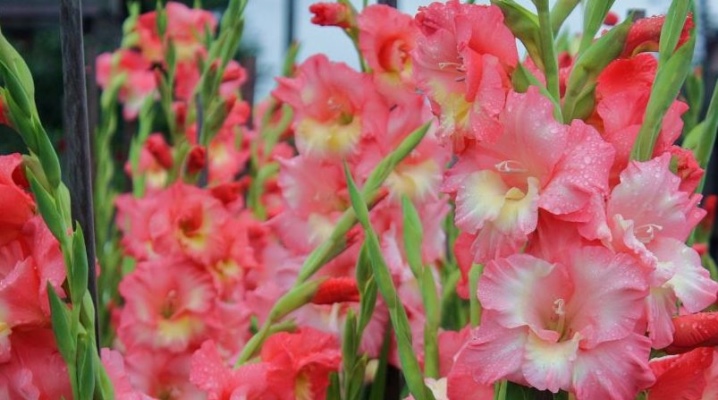
Gladioli are plants that require special care. Successful plant growth and abundant flowering depend to a large extent on properly organized feeding. What and how to feed gladioli?
Optimal timing
To ensure active growth, the formation of a powerful stem and large inflorescences, the plants should be fed in a timely manner. Besides, fertilizers contribute to the formation of children necessary for reproduction.
Gladioli are fertilized at different times and in different ways. There are pre-planting, pre-planting and post-planting fertilization methods.
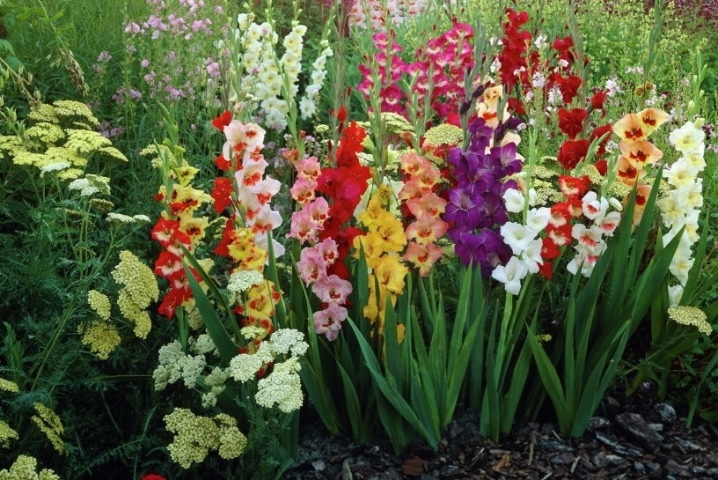
Pre-planting consists in the introduction of organic and potassium-phosphorus preparations into the soil in the fall when digging the soil. In the spring (at the end of April or early May), fertilizers are also applied 14 days before planting the bulbs. When planting, mineral dressings are added directly to the hole. After planting, you can fertilize the flowers by root and foliar method. During the entire growing season, the flower should be fertilized several times, they do it according to this schedule.
- First feeding. It is necessary for the formation of shoots from the bulbs in the plant. It is carried out in the spring, when 2-3 true leaves appear on the flower. Mineral preparations containing nitrogen are used. They will provide faster green mass growth.
- Second feeding. It is carried out in the phase of formation of 6-7 leaves. At this time, complex fertilizers are used containing nitrogen, potassium, phosphorus.
- Third feeding. Gladioli are fertilized in the summer during the formation of peduncles, when the flowers need increased nutrition. Phosphate fertilizers are used.
- Fourth feeding. Held in July during blooming to ensure lush and long-lasting flowering. Blooming gladioli are fed with potassium-phosphorus preparations.
- Fifth feeding. Fertilization is carried out in the fall at the end of flowering and after the wilting of the inflorescences.

In addition, foliar feeding should be carried out during the growing season. They are done three times.
During the budding period, they are sprayed with mineral fertilizers.
In the last days of June - to stimulate the formation of a large number of inflorescences and give them a brighter color.
In the fall or at the end of August, the last spraying is done. It is needed to activate the education of children on the bulb.

How can you fertilize?
The peculiarity of gladioli is that they have a long growing season, during which they require nutrients, macro- and microelements, soil minerals. For the full growth and development of gladioli, such components are needed.
- Nitrogen promotes the formation of protein compounds, which activates the growth of the flower. It should be applied the first time after planting the bulbs. With a lack of nitrogen, the leaves of the plant lose their color saturation, acquire a light green tint, with an excess, they become dark green.
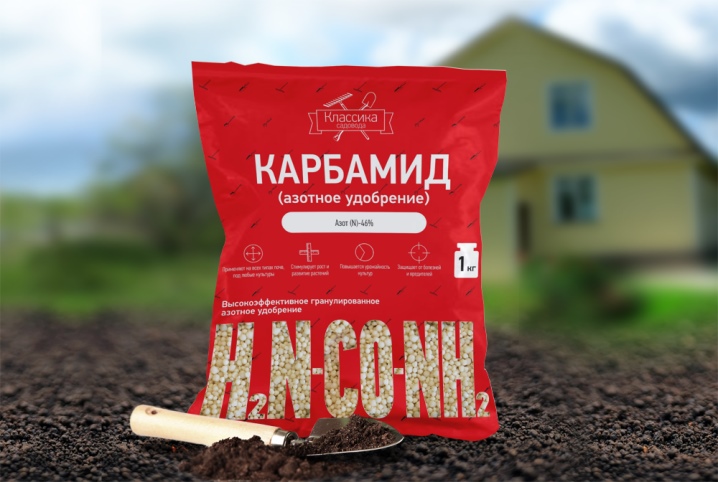
- Phosphorus. Phosphate fertilizers promote hydrocarbon metabolism, stimulate bud formation and affect flowering time. Therefore, phosphorus is most efficiently applied during flowering. The lack of this element is manifested in a delay or poor budding, in the formation of a small number of inflorescences or even their absence.
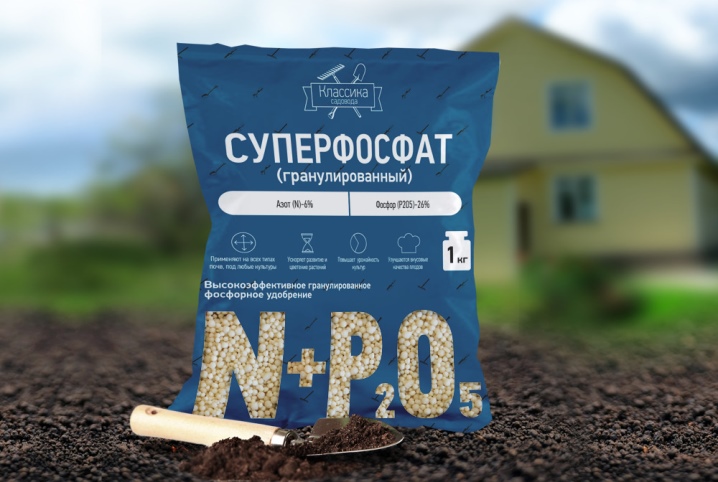
- Potassium stimulates an active metabolism, promotes the formation of carbohydrates.With a lack of potassium, the nutrition of the bulbs is disrupted, they are deficient in useful trace elements. It is used at the initial stage of bud formation, as well as during the flowering period of inflorescences.
In addition, potassium improves immunity and frost resistance in the plant.

Special means
Special mineral preparations for this flower are subdivided into such options.
One-componentcontaining only one nutrient. These are nitrogen fertilizers (urea, nitrate, ammonium sulfate), phosphoric fertilizers (double or simple superphosphate and bone meal), potassium fertilizers (chloride and sulfate, as well as potassium carbonate).
Complex - such preparations contain 2 elements. This is potassium nitrate and potassium magnesium.
Full - preparations consisting of components of nitrophosk, nitroammofosk.
Such means are also effective for this flower.
Ammonium nitrate (ammonium nitrate) - a preparation containing from 26 to 34% of the nitrogen component and from 3 to 14% of sulfur. It has the most effective effect on the development of gladioli at the initial stage of their growth.
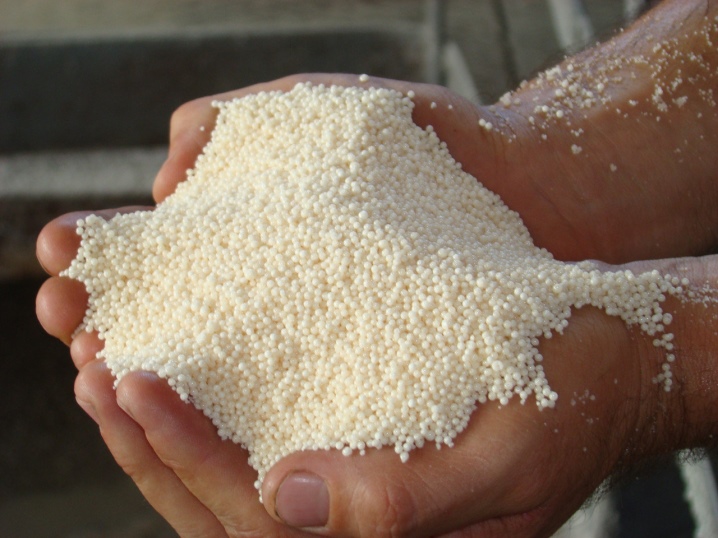
Ammonium sulfate - nitrogen in this form is assimilated very easily.
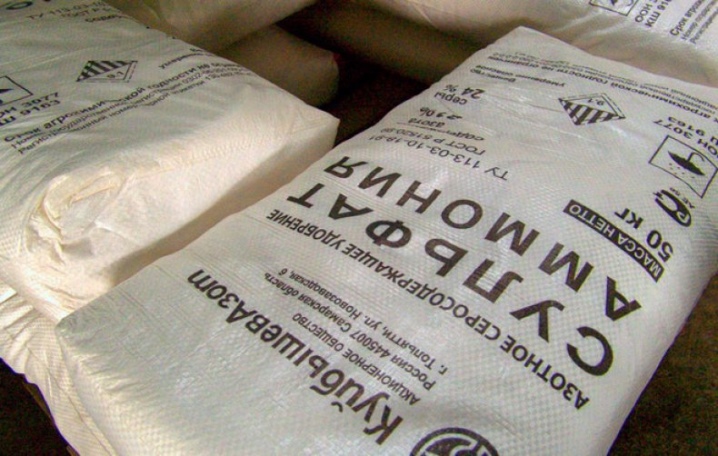
Urea - the nitrogen content in it is about 46%. It is used as root dressing and foliar spraying.

"Kemira wagon". A product containing complex mineral fertilizers - selenium, nitroammofosk. It helps to increase the resistance of gladioli to various diseases of fungal, viral and bacterial origin, prolongs flowering and promotes intense color of inflorescences.
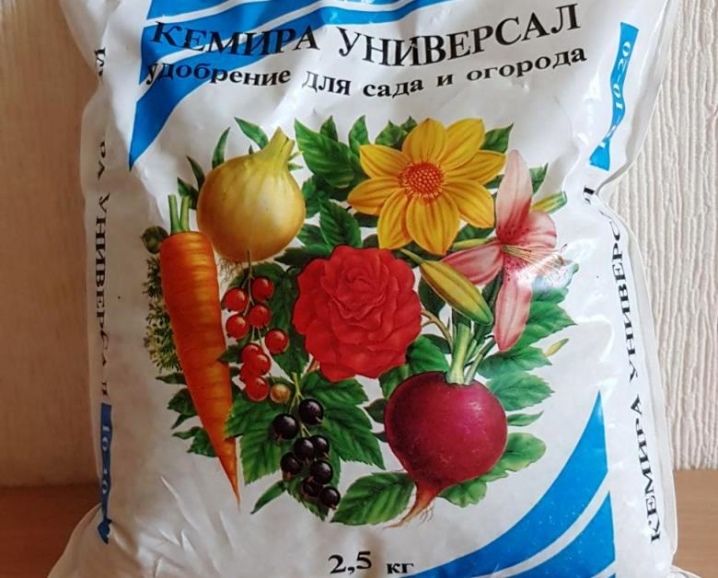
- Fertika Lux. The product consists of 8 nutrients and can be used repeatedly - both for root and for irrigation of green mass. Has a stimulating effect on active bud formation and lush flowering.

Homemade compositions
Gladioli need both mineral and organic food. The use of various types of manure is recommended.
Chicken droppings. It is permissible to use it dry, scattering it over the soil, or to prepare an infusion from it. Fertilizers from poultry manure help to improve the properties of the soil, replenishing the potassium content and restoring acidity. However, it can only be used once a season as it contains nitrates. The infusion is prepared as follows: combine 1 part of the manure and 20 liters of water and let it stand for about 3 days.
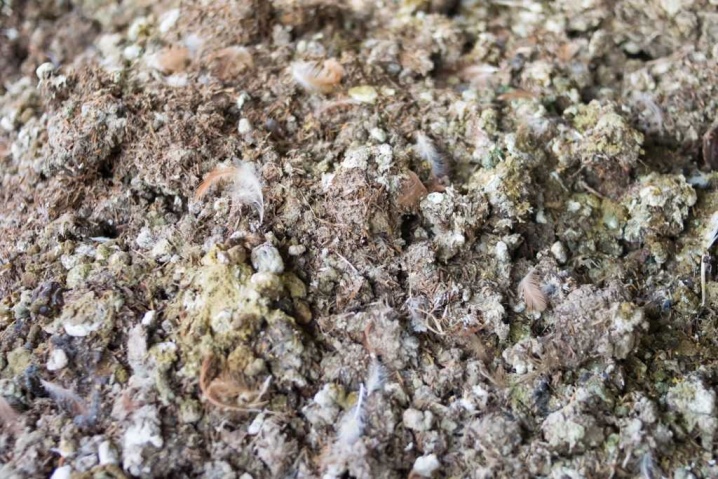
- Mullein. Mullein infusion contains all the nutrients necessary for the full development of the plant. For preparation, take 1 hour of manure and 15 hours of water, the solution is infused from 3 to 6 days in accordance with the weather. An extract from a mullein is also used, which is prepared as follows: a bag of manure is immersed in a container of water for a week. Then the bag is removed. The resulting extract is diluted with water in a ratio of 1: 4 before use.
Dry mullein lowers the acidity of the soil, improves its looseness and makes it lighter.
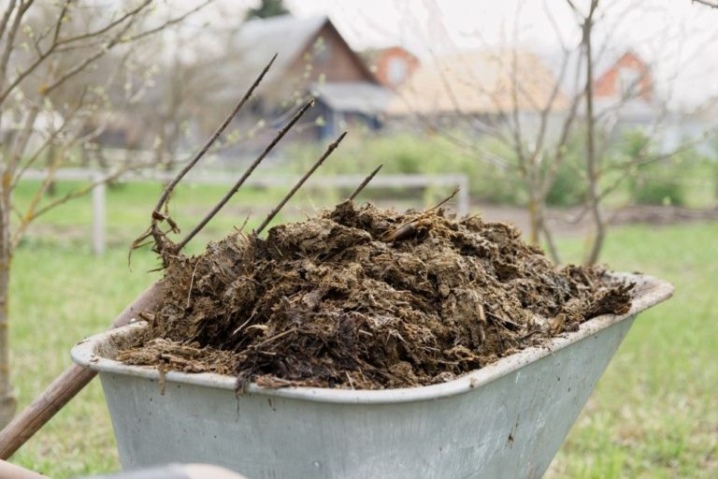
Horse dung. Gladioli can be fertilized with this manure in a dry and semi-rotten form. 1 kg of manure is diluted with 10 liters of water and allowed to settle for a day. For fertilization, use a solution diluted with water (1: 1). You can also prepare a nutritional mixture consisting of mullein and horse manure, taken in 1 part, and 0.5 hour of chicken manure. For watering a bucket of water requires 1 liter of the mixture. Before use, the infusion should be allowed to stand for about 4 days.
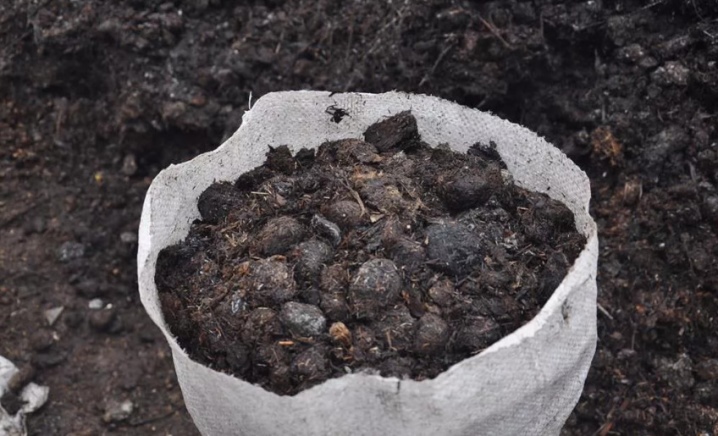
- Rabbit dung. It contains all 3 components (nitrogen, potassium, phosphorus) necessary for gladioli. Mix 1 hour of droppings with 1 hour of ash, pour 10 liters of water and leave for some time to ferment the mixture. For fertilization, use a solution diluted with water (1: 10). For fertilization, you can also use such self-prepared infusions.
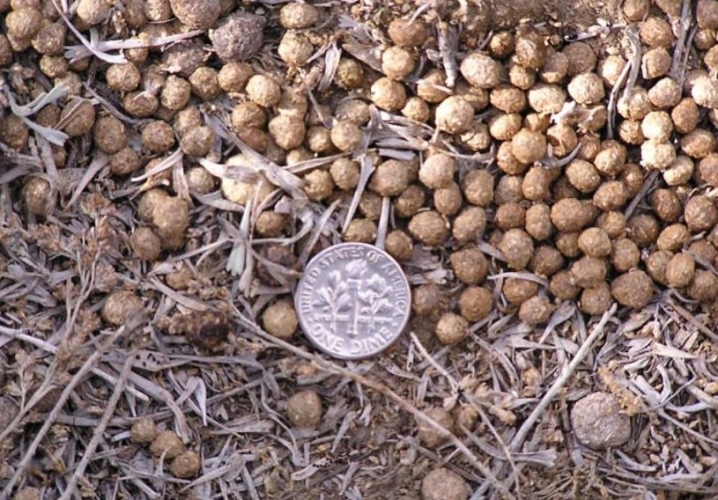
Green fertilizer is prepared from various weeds, grasses and tops. The herbal mixture is filled to 1/3 of the bucket and water is added to full volume. The composition is infused for about 10 days.Bread crusts and yeast can be added to herbs to improve fermentation. Ash and a little manure, crushed eggshells, "Fitosporin" can be added to the finished herbal infusion. Before use, 1 glass of this mixture is diluted with 10 liters of water.
In a similar way, an infusion of nettle is prepared. Nettle solution is used by diluting it with water (1: 10). To irrigate the green mass of a flower, it is possible to use this solution: potassium permanganate and copper sulfate (1.5 g each), boric acid and magnesium sulfate (1 g each), cobalt nitrate (0.1 g) and zinc sulfate are placed in a bucket of water (0.3 g).
Banana peel is also used as a top dressing, since it contains a large amount of potassium and trace elements. The finely chopped peel is dried and then added as a powder to the ground before planting the bulbs.
It is also possible to prepare an infusion from the peel: the peel filled with water is allowed to brew for a week. This solution stimulates the rapid opening of the inflorescences.

How to feed properly?
A feature of gladioli is that they require strict adherence to the fertilization schedule. Moreover at each stage of dressing, it is necessary to make certain compositions that complement each other. At the initial stage of plant growth, urea and ammonium sulfate are used, all types of nitrate - ammonium, potassium and sodium. If the soil is acidic, then a mixture of nitrate and calcium carbonate is used. They are also fed with an aqueous solution of urea (30 g per 10 l).
Next time gladioli should be fed with all types of fertilizers (potash, phosphorus and nitrogen). During the formation of the peduncle, dry superphosphate is used: it is scattered over the soil (40 g per 1 sq. M), and then watered with an aqueous solution of urea. During the flowering period, potash nutrients are used. You can also use potassium-phosphorus formulations. Potassium sulfate and superphosphate are dissolved in 10 liters of water and the plants are watered with this solution. Nitrogen cannot be used at this stage.
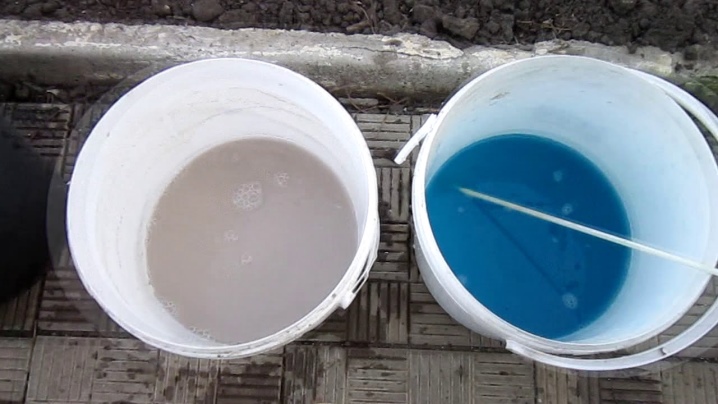
To make the flowers bloom faster, they use spraying of green mass, copper sulfate, boric acid or a solution of potassium permanganate. Fertilizers containing phosphorus directly affect the appearance of the flower stem and the number of buds on it. Therefore, for abundant flowering, the following composition is introduced into the soil: 10 liters of water, urea and potassium sulfate (15 g each) and superphosphate (30 g). The mixture of dry elements must completely dissolve in water. You can also fertilize with complex products with micronutrients.
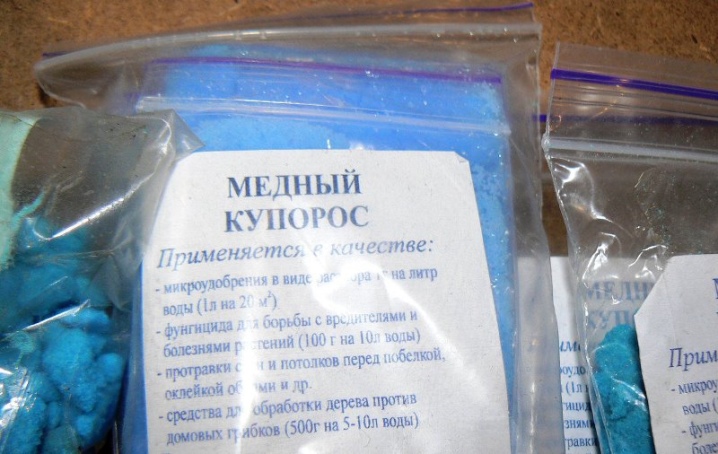
For lush flowering, there is a remedy with a different composition: 10 liters of water, superphosphate (30 g), potassium sulfate (20 g). You can also feed gladioli with ordinary ash, since it contains phosphorus and potassium. A good effect is given by the use of the drug "Fertika Lux" in the form of a solution (1 tablespoon per 10 liters of water). You can use the product up to 4 times a month, alternately spraying and root applications.
To prolong flowering, it is necessary to constantly replenish the soil with nutrients. It is permissible to apply organics additionally several times per season. In August, the flower is fed with potassium and superphosphate or only double superphosphate. Gladiolus prefers liquid feeding. When applying dressings, you should adhere to these rules.
- First, weeds should be removed, and the earth should be loosened.
- Any fertilizer should be applied to wet soil between rows.
- After applying top dressing, it is required to shed the gladioli well.
- Feeding is recommended in the evening or early in the morning.
- You cannot fertilize the plant when it is raining. Otherwise, the rain will wash away all the nutrients.
- Top dressing should be repeated if it rains afterwards.
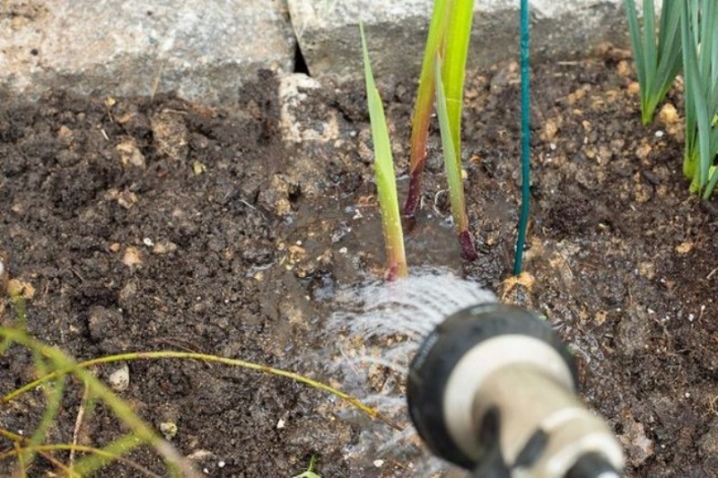
Helpful hints
Novice flower growers can face difficulties when breeding gladioli outdoors and in caring for them. These tips from experienced gardeners can help you grow a flower.
- Before planting the bulbs, it is necessary to disinfect the soil by spilling it with a solution of potassium permanganate or "Fitosporin".
- At the end of flowering in September, disinfection is also carried out by watering the ground near the bulb with the same preparations.
- In autumn, when digging, it is advisable to add compost or humus to the soil.
- Gladioli should be planted in warm, well-lit areas that are not accessible to drafts.
- For a more effective feeding effect, flowers should be planted in groups, sorted by size and flowering time.
- It is not recommended to grow gladioli in the same place for more than 2 years: in the third year they need to be transplanted to a different place.
- For active growth of green ground mass, it is necessary that, when spraying, the nutrient irrigates the entire surface of the leaf plates.
- The next feeding has a more effective effect if you do not apply it completely immediately, but gradually, dividing it in half and use it once a week.
- When carrying out dressings, you should adhere to the basic rule - do not allow an excess of nitrogen: this can cause rotting of the bulbs.
If you adhere to these recommendations, the fertilization schedule and the correct application of fertilizing, gladioli will be rewarded with lush, abundant and long flowering.
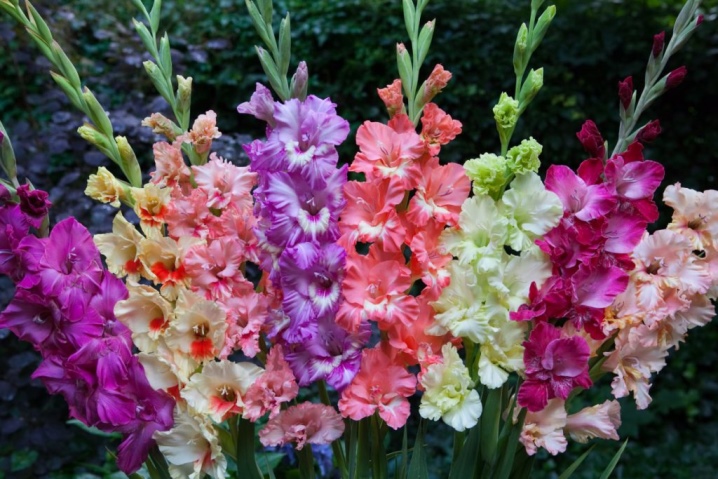
For information on how to fertilize gladioli, see the next video.







































































































The comment was sent successfully.